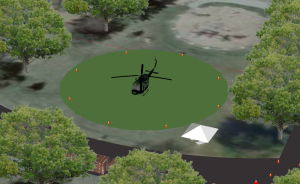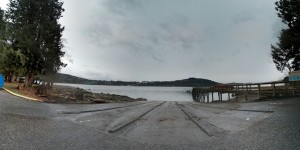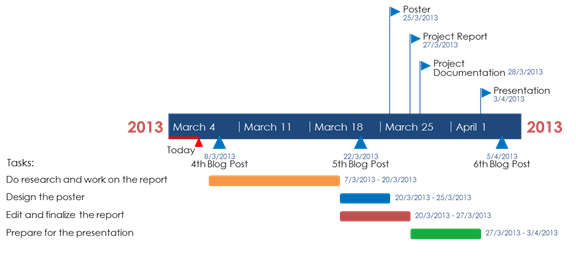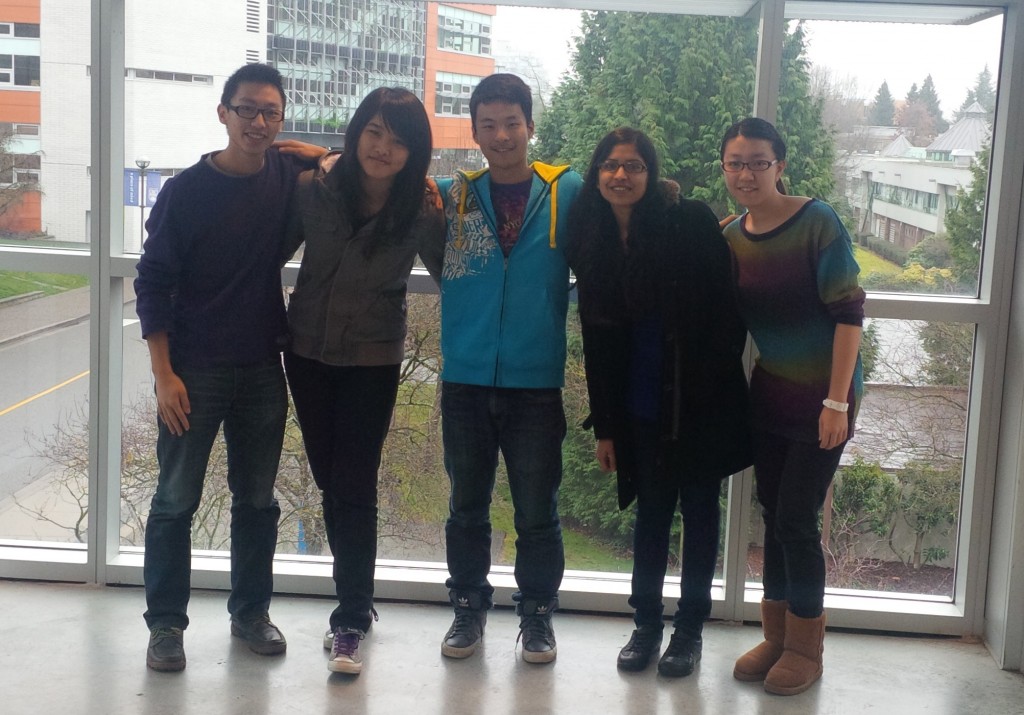Since the last update, we have worked on a poster, project documentations and the final report. On March 25th, we presented the completed poster (as shown below) and introduced our project to fellow classmates and visitors. The report along with a presentation were delivered to our client on April 4th, which marked the completion of our CBEL project.
Below is a list of our achievements:
- Developed a community point of distribution system at Cates Park, including 2D and 3D model; below is a snapshot of the 3D model

- Site evaluation of Cates Park as a muster zone
- Took photographs of the important locations at Cates Park, e.g. Dock (shown below), parking lots etc.

- Plan for transportation of emergency personnel
- Designed a classified ID card for emergency personnel
The aforementioned will contribute to the North Shore community in many ways. In the event of an emergency or disaster, the community will benefit from our transportation plan for emergency personals, which includes paramedics and firefighters. According to our client, 65% of the respondents do not live in the community they serve; the plan will allow quick and efficient transport of staff to the location where they are needed. Furthermore, the community point of distribution at Cates Park is the first of its kind in Lower Mainland (as told by our client), and such system will allow life sustaining supplies to be distributed timely to surrounding communities. In the event of an earthquake, the two bridges connecting the Burrad Inlet may be damaged and isolating the entire North Shore from northbound car access. In this scenario, Cates Park’s ability to handle air and water transports can ensure the residents are not cut off from food and other supplies. Although our system is designed specifically for Cates Park, we imagine similar model can be developed for other locations as well, and it will serve as a reference for future emergency distribution planning.
From our CBEL experience, we learnt many things about project context, planning, and implementation. Not only did we learnt to communicate with our client and decide on the scope and goal of our project, we also acquire the skills to identify negotiable and non-negotiable constraints. In addition, we strengthened our time management and project planning skills by establishing a timeline and reporting on implementation process.
Overall, our CBEL project has been successful and we believe we made significant contributions to the North Shore communities. During the process, we acquired skills related to project planning and implementation that are very beneficial for our professional development.







